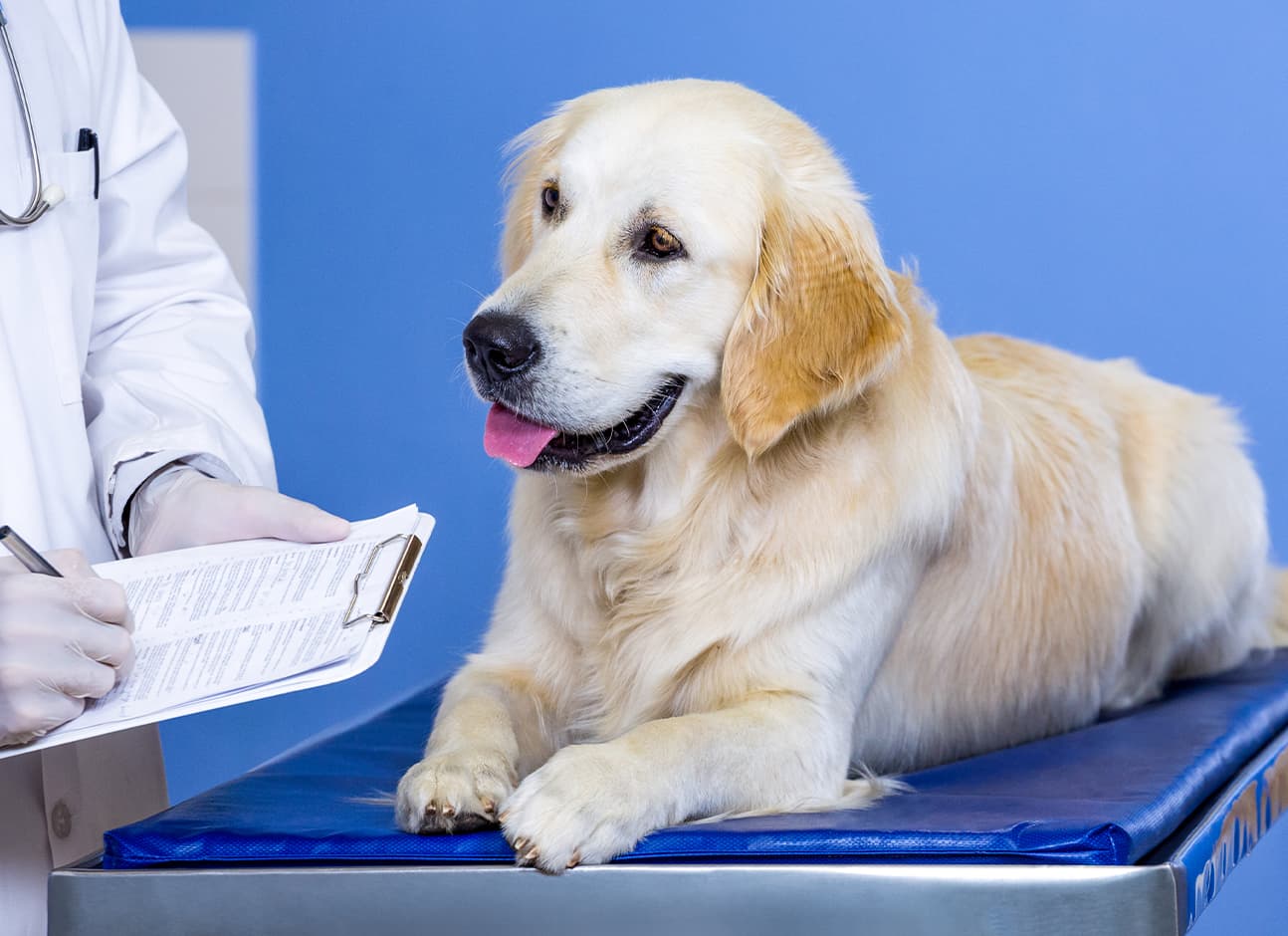Canine leptospirosis is caused by a microorganism called spirochete bacteria. Dogs contract the virus from other infected animals like rats, feral cats, and other dogs. It is also passed through urine which is why it is important to ensure your dog does not drink from or stand in dirty stagnant water.
Clinical signs of leptospirosis include fever, lethargy, nausea, decreased appetite, increased water consumption, despondency, and urination. However, if your pet has contracted the virus, they may only start showing symptoms after 4-12 days. In the case of milder infections, dogs may be largely asymptomatic and generally make a full recovery. However, severe infections can cause serious damage to the liver and kidneys which can prove to be fatal.
Leptospirosis in dogs is usually diagnosed using the DNA-PCR test and the microscopic agglutination test (MAT). Treatment mainly includes antibiotics which are very effective in killing the virus in your dog’s system. However, it is important to note that for a possible case of leptospirosis to be detected using the DNA-PCR test, it should be administered before your pet is given a dose of antibiotics. There are two antibiotic treatment phases for leptospirosis. The first phase eliminates the more severe form of infection, whereas the second phase removes the remaining traces of the virus.
People can contract the virus from dogs and other infected animals, which makes it essential to practice the highest standards of hygiene while caring for your infected pets. However, there are a few steps you can take to prevent and reduce the chances of canine leptospirosis. Limiting your dog’s contact with other, possibly infected animals, timely disposal of garbage, and keeping their surroundings clean and sanitized, are some of the preventative methods that you can implement. Additionally, getting your dog vaccinated against leptospirosis is also another effective measure. You can ask your veterinarian more about the possible treatment and preventative options for this virus.
